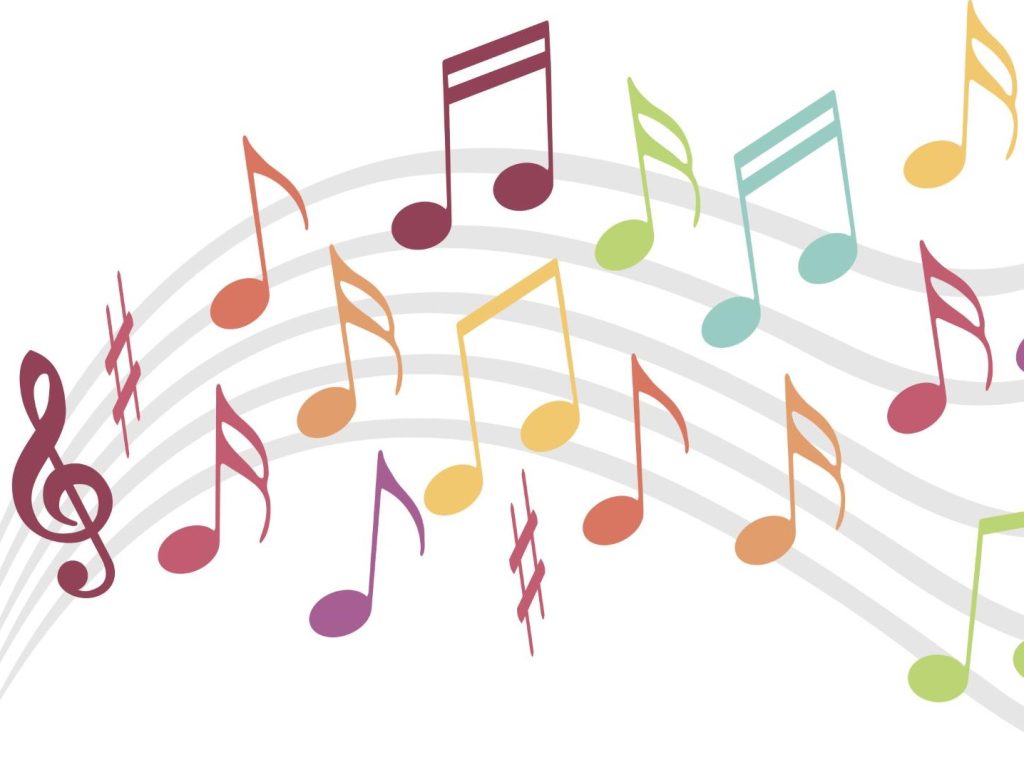
Chord progressions are sequences of chords played in a specific order throughout a song. In music, chord progressions create the harmonic structure and emotional flow of the composition. Understanding chord progressions will help you compose cohesive music by combining them with melody and rhythm.
1. What is a Chord?
A chord is a combination of multiple notes played simultaneously. Typically, chords consist of three or more notes, and the most basic form is called the triad.
Triads
A triad is made up of three notes: the root note, the third, and the fifth. Triads come in different types:
- Major Triad: Consists of a root, a major third, and a perfect fifth, creating a bright and happy sound.
Example: C Major (C, E, G) - Minor Triad: Consists of a root, a minor third, and a perfect fifth, resulting in a darker, more emotional sound.
Example: C Minor (C, E♭, G) - Augmented Triad: Consists of a root, a major third, and an augmented fifth, producing a tense, dissonant sound.
Example: C Augmented (C, E, G#) - Diminished Triad: Consists of a root, a minor third, and a diminished fifth, giving a sense of instability or unease.
Example: C Diminished (C, E♭, G♭)
2. What are Diatonic Chords?
Diatonic chords are formed using the notes from a specific scale. For example, the chords built from the notes of the C Major scale (C, D, E, F, G, A, B) are the diatonic chords of the C Major scale. These chords naturally fit within the key of the song and create harmonious progressions.
Diatonic Chords in the C Major Scale
Here are the diatonic chords in the C Major scale:
- I: C Major (C, E, G)
- ii: D Minor (D, F, A)
- iii: E Minor (E, G, B)
- IV: F Major (F, A, C)
- V: G Major (G, B, D)
- vi: A Minor (A, C, E)
- vii°: B Diminished (B, D, F)
Common progressions like I-IV-V or ii-V-I are formed from these diatonic chords and are used in countless popular songs.
3. Common Chord Progressions
I-IV-V-I Progression
This is one of the most fundamental and widely used chord progressions. It moves from I (tonic) to IV (subdominant), to V (dominant), and then back to I (tonic). This progression gives a strong sense of resolution and stability to the music.
Example in C Major:
C (I) → F (IV) → G (V) → C (I)
This progression is incredibly popular and can be found in many pop, rock, and classical songs.
ii-V-I Progression
This progression is commonly used in jazz and creates a smooth flow between chords. It moves from ii (subdominant minor) to V (dominant), and resolves on I (tonic). In jazz, these chords are often extended to include seventh notes.
Example in C Major:
Dm (ii) → G (V) → C (I)
This progression is fluid and resolves naturally, making it a staple in jazz standards.
vi-IV-V-I Progression
This progression has a more emotional or melancholic feel. It begins with the vi chord (tonic minor), moves through IV, V, and finally resolves on I. This progression is commonly found in ballads and emotional pop songs.
Example in C Major:
Am (vi) → F (IV) → G (V) → C (I)
This progression conveys a rich, emotional sound and is often used in pop ballads and folk songs.
4. Seventh Chords in Progressions
Seventh chords are created by adding a seventh note to the basic triad, giving the chord more depth and tension. They are especially common in jazz, blues, and other genres where richer harmonies are needed.
Dominant Seventh Chord (V7)
The dominant seventh chord (V7) adds a strong tension that resolves naturally back to the tonic chord. A V7-I progression creates one of the strongest resolutions in Western music.
Example in C Major:
G7 (V7) → C (I)
In this progression, G7 resolves naturally to C, creating a powerful sense of finality and closure.
5. Modal Chord Progressions
Modal chord progressions are built using modes instead of traditional major or minor scales. Modes are variations of scales that have unique tonal qualities and can create distinctive harmonic progressions.
Dorian Mode Progression
The Dorian mode is similar to the natural minor scale but has a major sixth, which gives it a brighter, more flexible sound. Using Dorian mode creates unique and interesting progressions, often heard in jazz and rock.
Example in D Dorian:
Dm7 → G7 → Cmaj7
In this progression, Dm7 acts as the tonic, giving a different flavor from traditional minor progressions.
6. Practical Tips for Creating Chord Progressions
When creating chord progressions, consider the following:
- Emotional Tone: The choice of chord progression shapes the emotional tone of a song. Major chords tend to sound bright and uplifting, while minor chords evoke sadness or introspection. Adding seventh chords, augmented, or diminished chords can introduce complexity and richer emotions.
- Tension and Resolution: Music often plays with tension and resolution. V (dominant) to I (tonic) is the most common way to create and resolve tension, providing a sense of satisfaction to the listener.
- Using Modes: Experimenting with modal progressions can offer fresh and unique sounds. Modes like Lydian or Mixolydian can be used to create harmonic progressions that differ from the usual major or minor keys, adding depth to your music.
Conclusion
Understanding the basics of chord progressions is essential for composition and arrangement. From simple progressions like I-IV-V to more complex seventh chords and modal progressions, mastering these structures allows you to add richness and emotional depth to your music. Use these tools to create unique, harmonically interesting songs and explore the endless possibilities of chord progressions.
